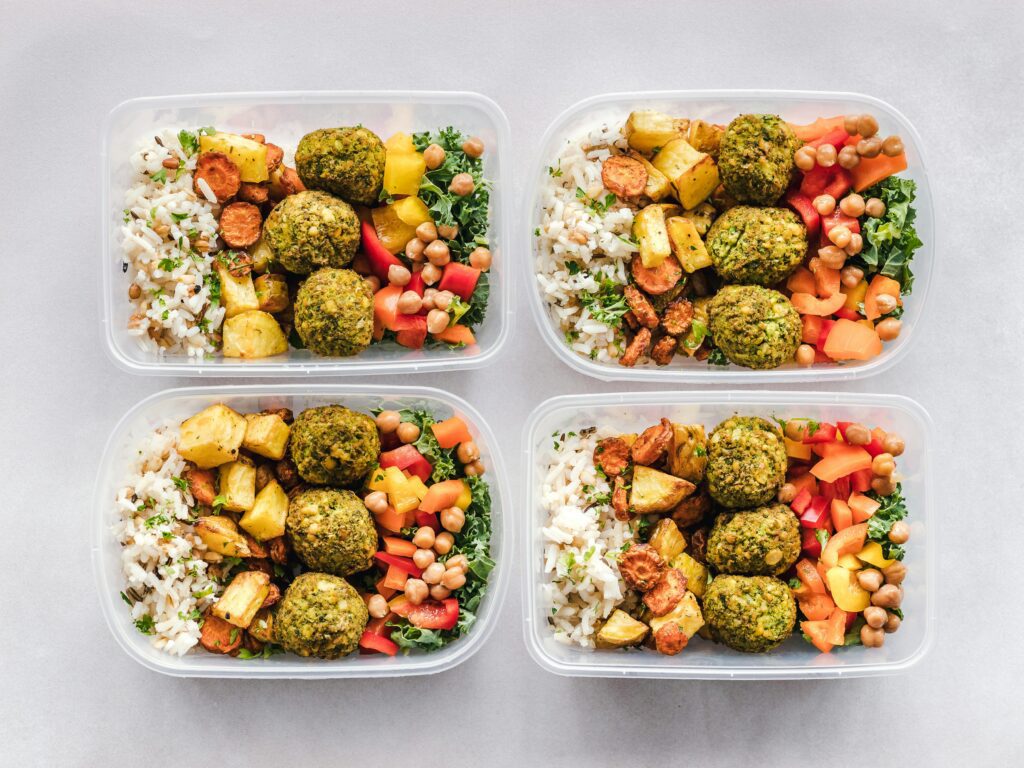*Collaborative post

Introduction
Working from home as a mom can feel like a juggling act—balancing conference calls, childcare, and endless to-do lists. In the chaos, it’s easy to let your own health slide to the bottom of the list. But prioritising your well-being isn’t just about you—it’s about having the energy and resilience to care for your family, too. With a few smart strategies and realistic expectations, you can fit fitness and healthy habits into your day, no matter how hectic life gets. Here’s how to make it work for you.
Why Fitness Matters for Moms
Physical and Mental Perks
Exercise isn’t just about looking good; it’s about feeling your best. Regular movement can boost your energy, help you manage stress, and lift your mood—thanks to those feel-good endorphins. It also supports heart health, strengthens muscles, and improves sleep quality. The NHS recommends 150 minutes of moderate activity a week, but even a few minutes here and there add up.
Setting an Example
When you make time for fitness, your kids notice. You’re teaching them that self-care matters and that staying active can be fun. Including your children in your routines—whether it’s a dance party in the living room or a family walk—builds healthy habits and happy memories.
Tackling Common Hurdles
Finding the Time
Time is precious—and often in short supply. The good news? You don’t need lengthy gym sessions to see results. Short, effective workouts (even five or ten minutes) can make a real difference. Try multitasking: do squats while tidying up or calf raises while brushing your teeth.
Letting Go of Guilt
It’s normal to feel guilty for taking time for yourself, but remember: self-care isn’t selfish. When you’re healthy and energized, you’re more present and patient with your family. Think of fitness as a key part of your family’s well-being, and don’t hesitate to ask for help when you need it.
Building a Realistic Fitness Routine
Embrace Micro-Workouts
Short bursts of movement throughout the day are both manageable and effective. Try a quick bodyweight circuit, stretch between meetings, or have a dance break with the kids.
Sample Weekly Workout Plan
| Day | Activity | Duration |
| Monday | Full-body circuit (squats, lunges, planks) | 10 minutes |
| Tuesday | Dance party + stretching | 15 minutes |
| Wednesday | Brisk walk (with or without stroller) | 15–20 min |
| Thursday | HIIT session (jumping jacks, planks) | 10 minutes |
| Friday | Strength training (using household items) | 15 minutes |
| Saturday | Yoga or gentle stretching | 15 minutes |
| Sunday | Rest or active family outing | Flexible |
Mix and match as needed—flexibility is key!
Make It a Family Affair
Get everyone involved! Invite your children to join yoga sessions, dance-offs, or mini fitness challenges. Family walks or bike rides are great for bonding and boosting everyone’s mood.
Nutrition: Fueling Your Body Right

Eat for Energy and Health
What you eat is just as important as how you move. Focus on whole foods: lean proteins, whole grains, fruits, veggies, and healthy fats. Limit processed snacks and sugary treats to keep your energy steady.
Plan and Prep Ahead
Meal prepping saves time and helps you avoid unhealthy choices. Batch-cook meals, chop veggies in advance, and keep healthy snacks on hand. Involve your kids in meal prep—they’ll learn valuable skills and enjoy mealtime more.
Practice Mindful Eating
Before reaching for a snack, pause and check in with yourself: Are you really hungry, or just stressed or tired? Eat slowly, savor your food, and listen to your body’s cues.
Staying Consistent: Practical Tips
- Schedule Workouts: Treat them like important appointments—put them on your calendar.
- Leverage Technology: Use fitness apps, online classes, or YouTube videos for variety and motivation.
- Set Achievable Goals: Focus on small, realistic goals to keep yourself motivated.
- Get Creative: Use water bottles as weights, climb stairs for cardio, or turn chores into calorie-burners.
- Sneak in Movement: Stretch while the kettle boils, do leg lifts while folding laundry, or march in place during TV time.
Self-Care Beyond Fitness
Prioritise Sleep
Aim for 7–9 hours of quality sleep each night. A calming bedtime routine—like dimming lights or reading—can help you wind down and support your weight loss goals.
Manage Stress
Chronic stress can lead to emotional eating and weight gain. Take time to unwind, whether it’s through meditation, journaling, or simply a few deep breaths. Your mental well-being is just as important as your physical health.
Conclusion
Being a busy, work-from-home mom doesn’t mean your health has to take a back seat. By embracing small, consistent changes, you can boost your fitness, energy, and confidence. Every positive step—whether it’s a five-minute workout or a mindful meal—brings you closer to your goals. Be patient, stay flexible, and remember: you’re setting a powerful example for your family every single day. You’ve got this, mom! Your health matters—and so do you.
